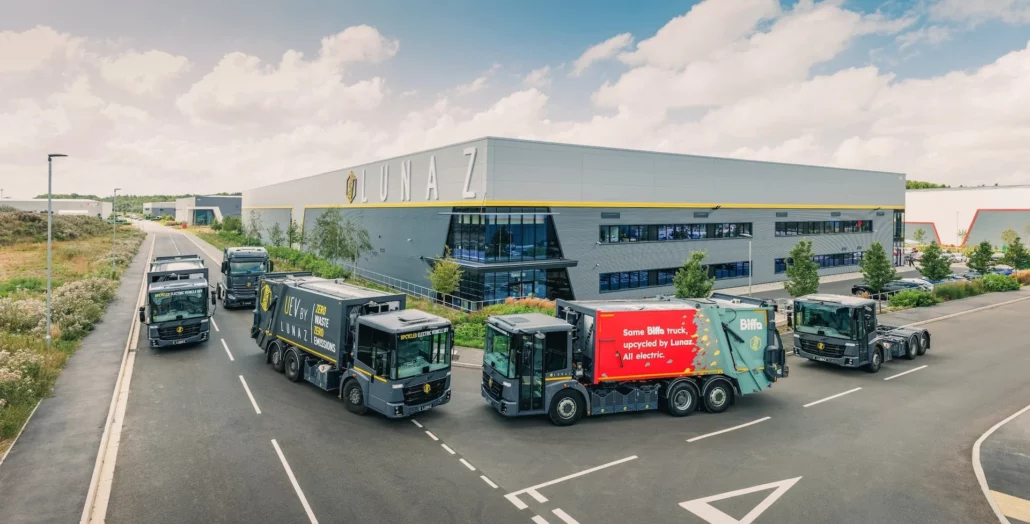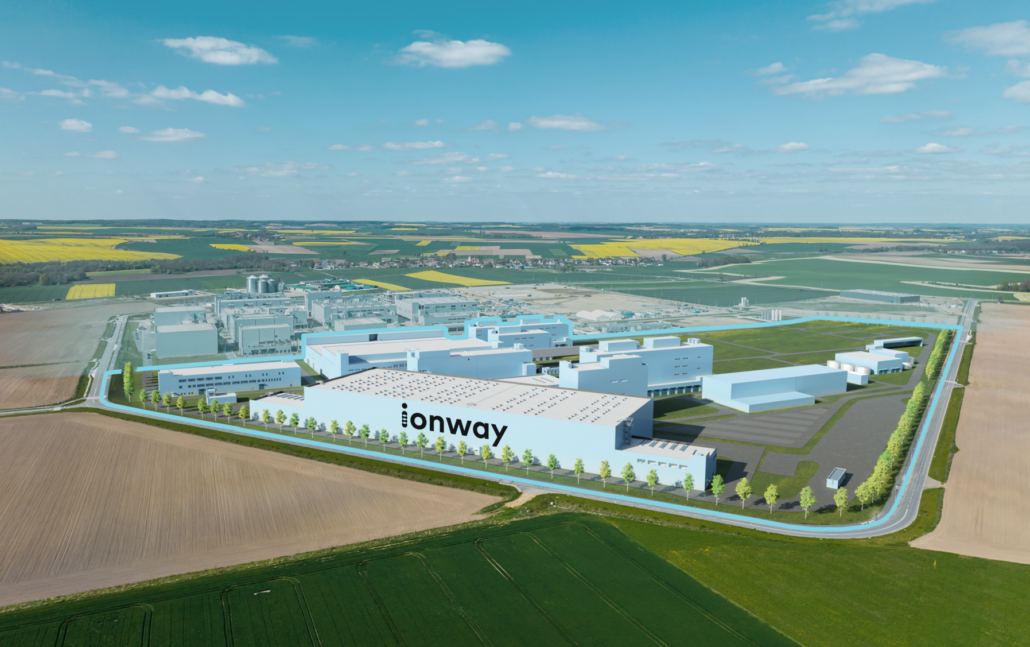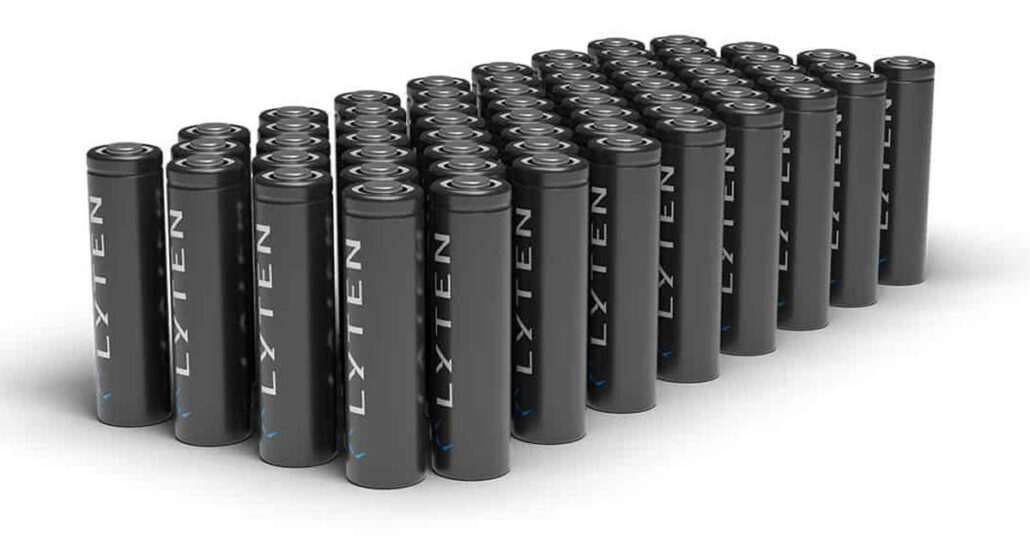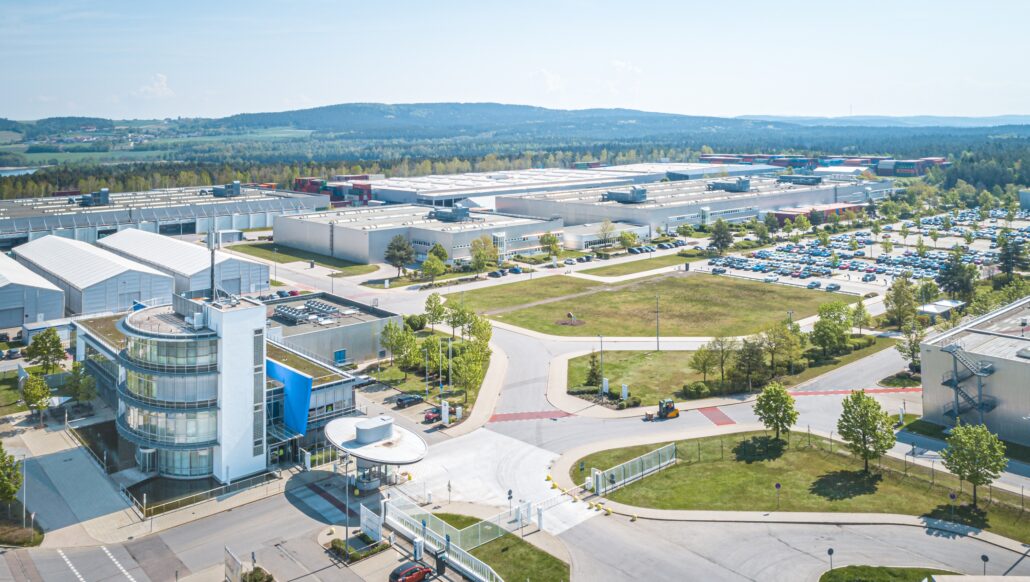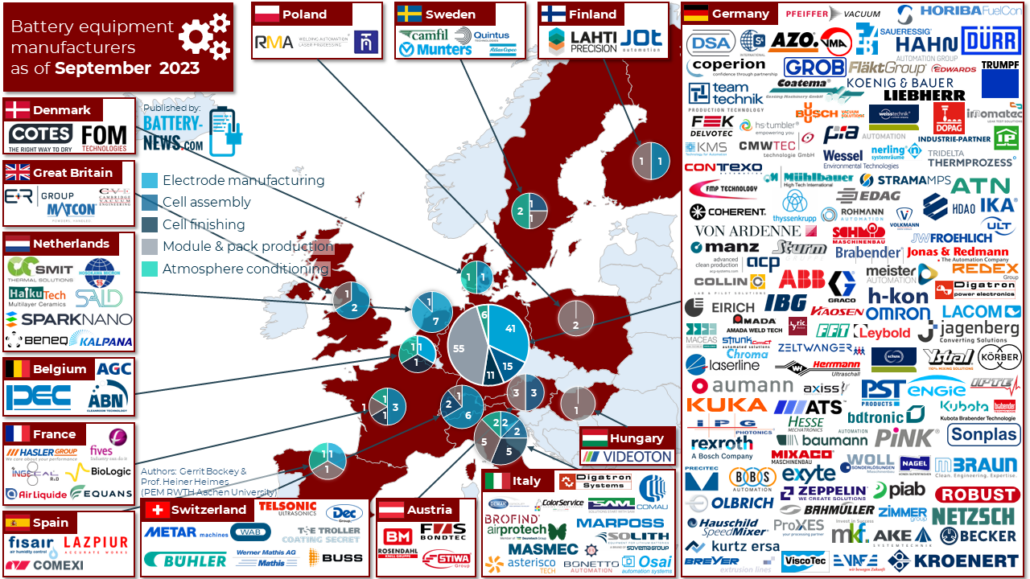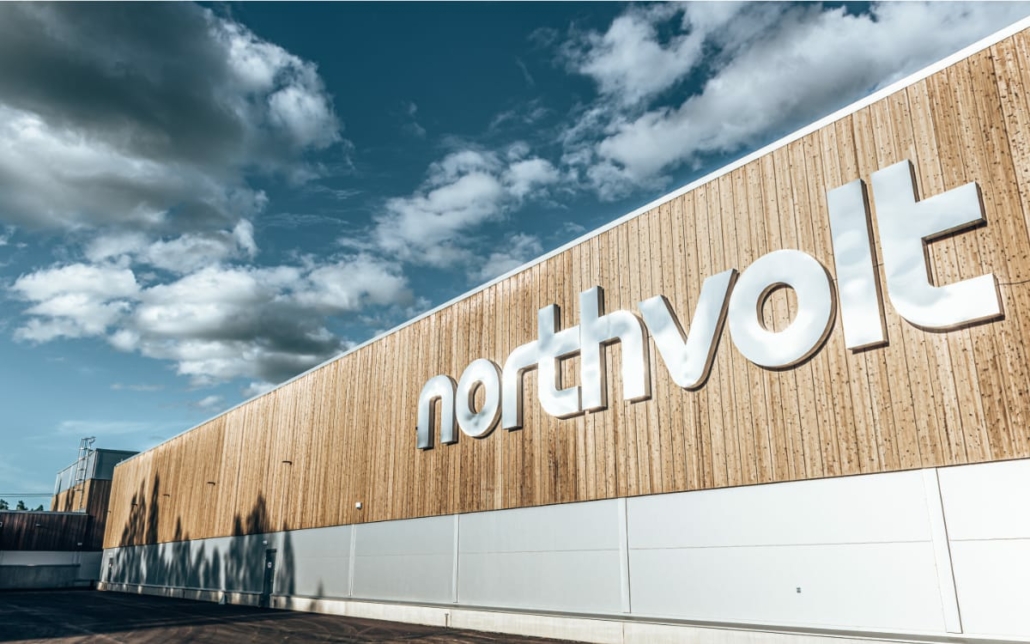Altium and Lunaz collaborate on end-of-life battery logistics
The British company Altilium and the upcycling and electrification specialist Lunaz have entered into a partnership for the transport of end-of-life batteries. As part of this collaboration, an electric truck is to be developed that is specially designed for transporting end-of-life batteries and can use the electrical energy remaining in the batteries. This is expected to make the transport of batteries to Altilium’s planned recycling facilities more sustainable, while also discharging the batteries before recycling. The pioneering project is funded by the Automotive Transformation Fund (ATF). Altilium plans to open the largest electric car battery recycling facility in the UK in Teesside in 2026. The facility will have the capacity to recycle batteries from 150,000 electric vehicles per year and produce 30,000 tons of cathode active materials (CAM) for recycling and reuse in the electric car battery supply chain. Transporting old electric car batteries is difficult and expensive due to their weight and health and safety risks. According to Altilium, transportation accounts for an average of 41% of the total cost of recycling and contributes 3.5% of the GHG emissions in the lifecycle of a recycled battery. Through this project, Altilium hopes to reduce the carbon footprint of battery recycling by up to 5%. Source: https://altilium.tech/wp-content/uploads/2023/10/Altilium-Lunaz-APC-announcement-09.10.2325.pdf
Altium and Lunaz collaborate on end-of-life battery logistics Read More »

